GRANITE FALLS, Minn. — Harrison Smith has taken to the skies by himself, with a former NASA space shuttle commander and with his dog.
But the trip he took on April 24 was unlike any other, especially because of the aircraft he was in.
Earlier this offseason, the Vikings All-Pro safety had the chance to fly a 1944 North American B-25 Mitchell Bomber, a plane named "Paper Doll" that flew a total of 125 combat missions in World War II.
The relic plane features a dark green camouflage paint job on the outside, while the inside seats a maximum of six and is only a few feet wide.
"I usually fly small civilian planes, but that thing has got all these different things going on and all these points of views and guns over here and guns over there. You're crawling places to get a view," Smith said. "It's a bigger plane. The bombing device on the front, you can kind of look through it. I obviously don't know how to use it, but it looks like the early stages of them figuring out how to do that.
"We were kind of crawling all over the place going from tail to nose and getting behind the controls for a second," Smith added. "You don't realize what it was like, but being in that plane, how probably close-knit those guys were and some of the things they did for one another and how they got the job done."
Smith's thrill ride was part of a trip to visit the Fagen Fighters World War II Museum, which is home to more than a dozen unique planes, nearly all of which are operational. The museum, which is located in Granite Falls, also houses a handful of Jeeps, tanks and an ambulance.
The museum opened in June of 2012 to pay tribute to veterans and is owned and operated by the Fagen family, which includes Ron and Diane Fagen, along with their sons, Evan and Aaron.
The museum pays tribute to Ron's father, Ray, who fought on D-Day on the beaches of Normandy. A statue of Ray is displayed as he leads the charge onto the beach, and the sand was actually imported from Utah Beach in France.
"My grandpa was a World War II veteran, and he never talked about it," Evan Fagen said. "But he was in the first wave on D-Day on the Normandy beaches and fought all the way through the liberation of Paris. He was injured and taken out of the fight in the Battle of the Bulge.
View images as Vikings safety Harrison Smith visited a World War II Museum and flew in a bomber plane in Granite Falls, Minnesota.


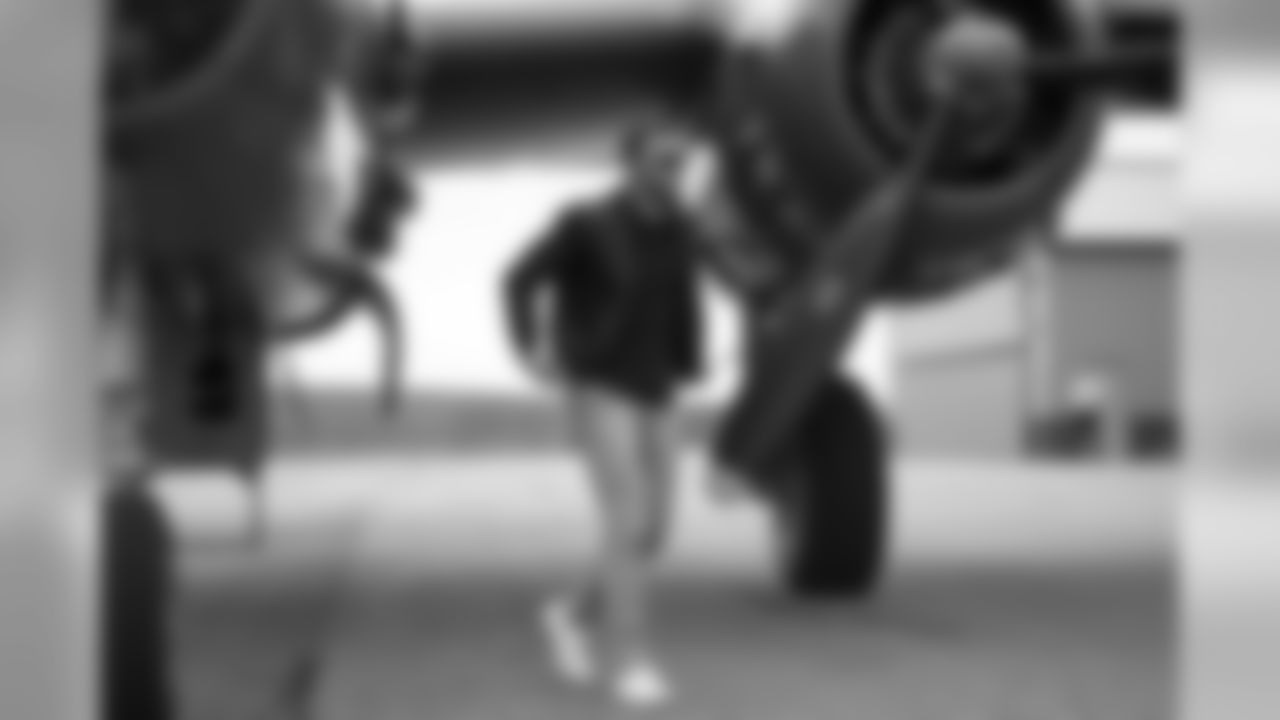
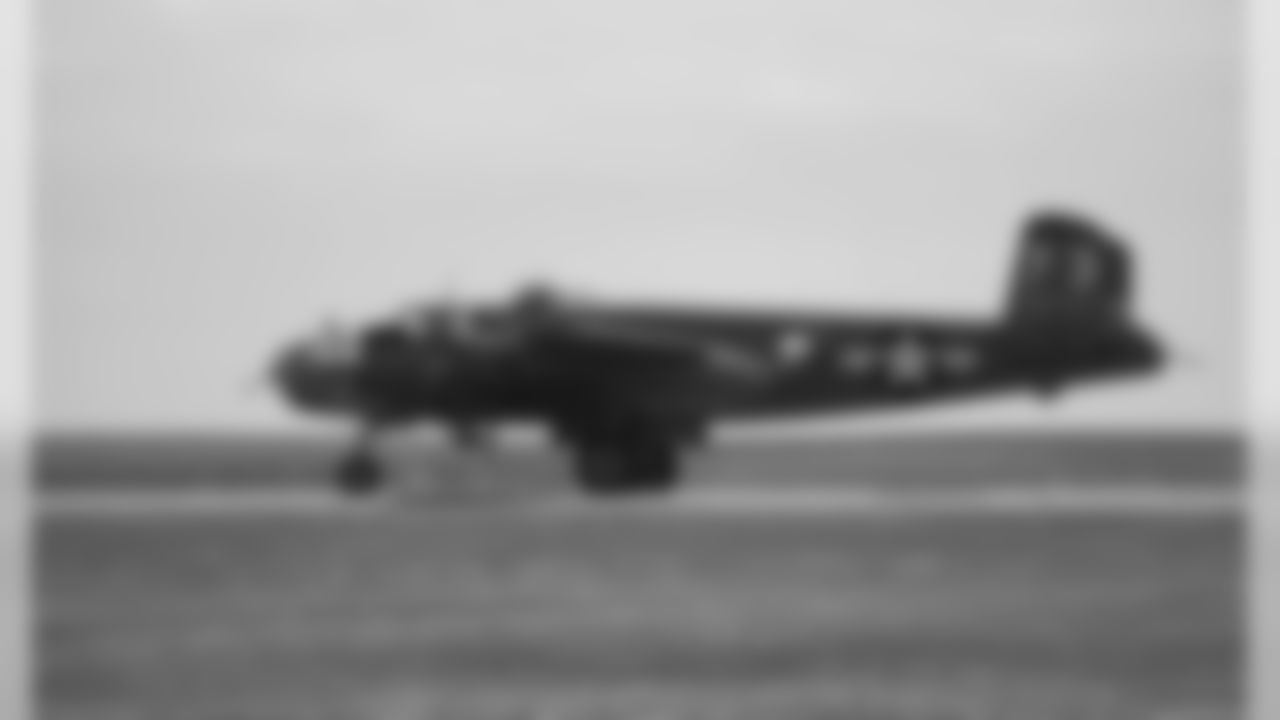

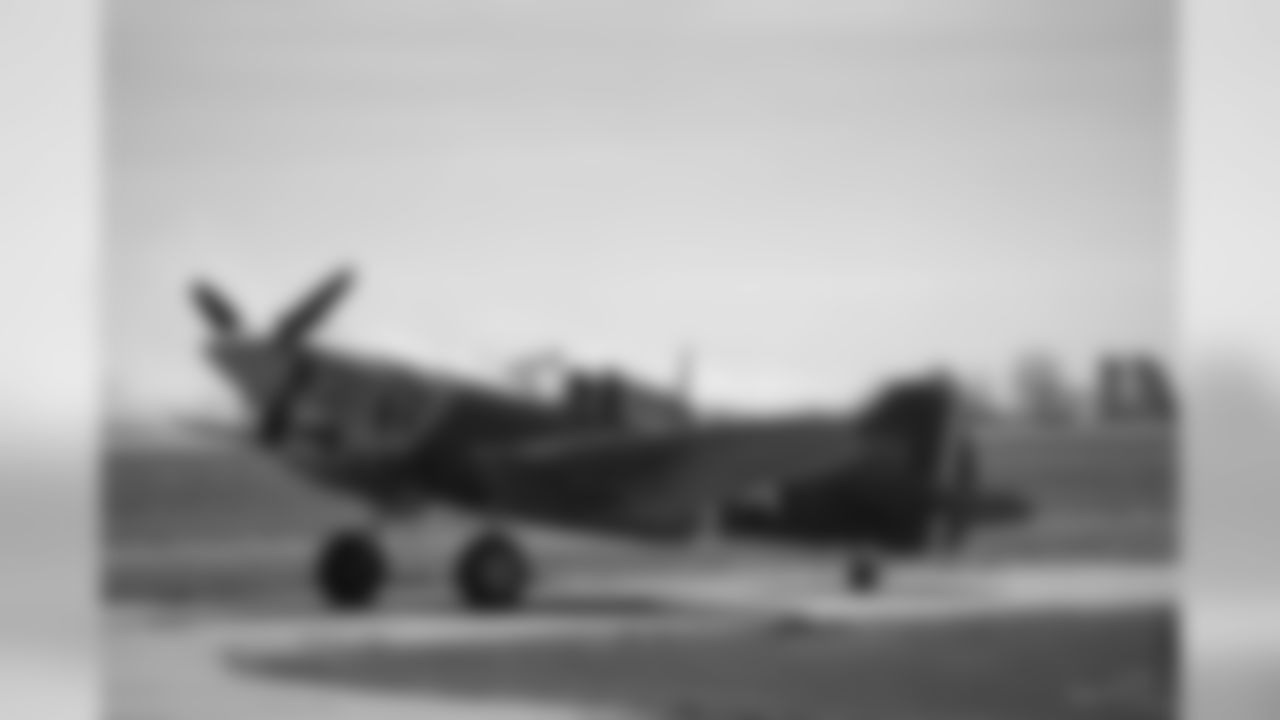







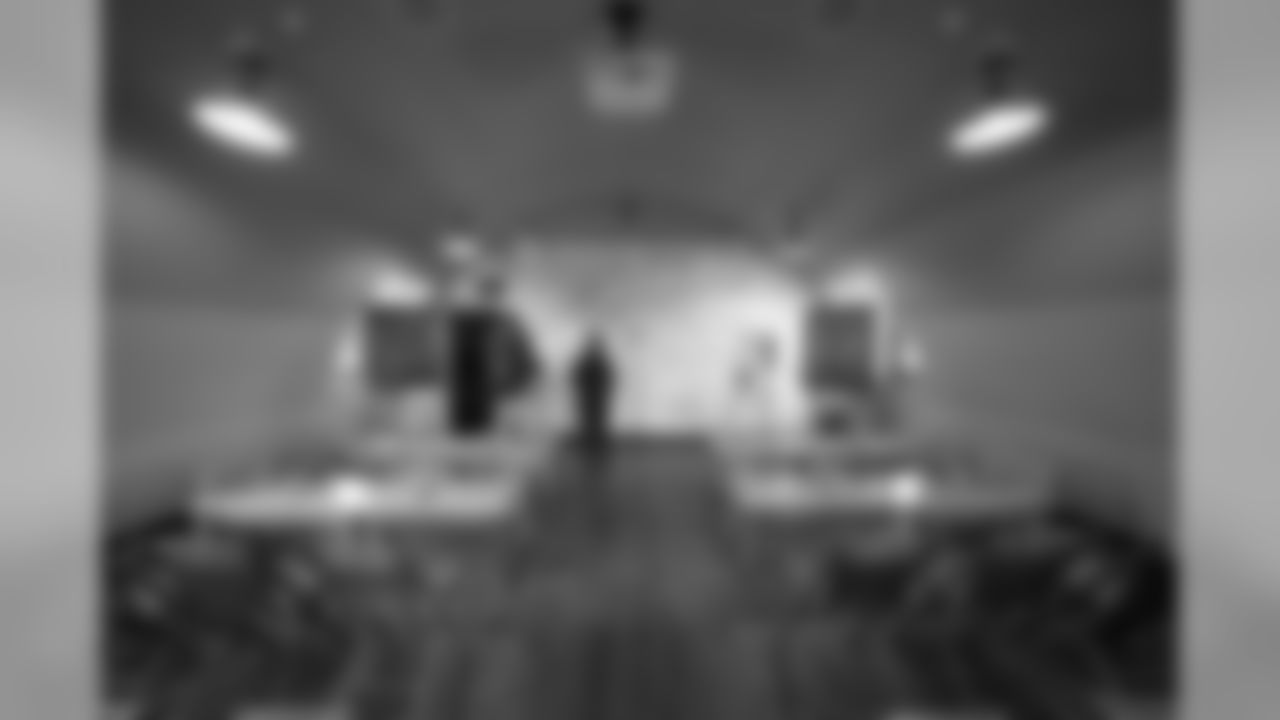





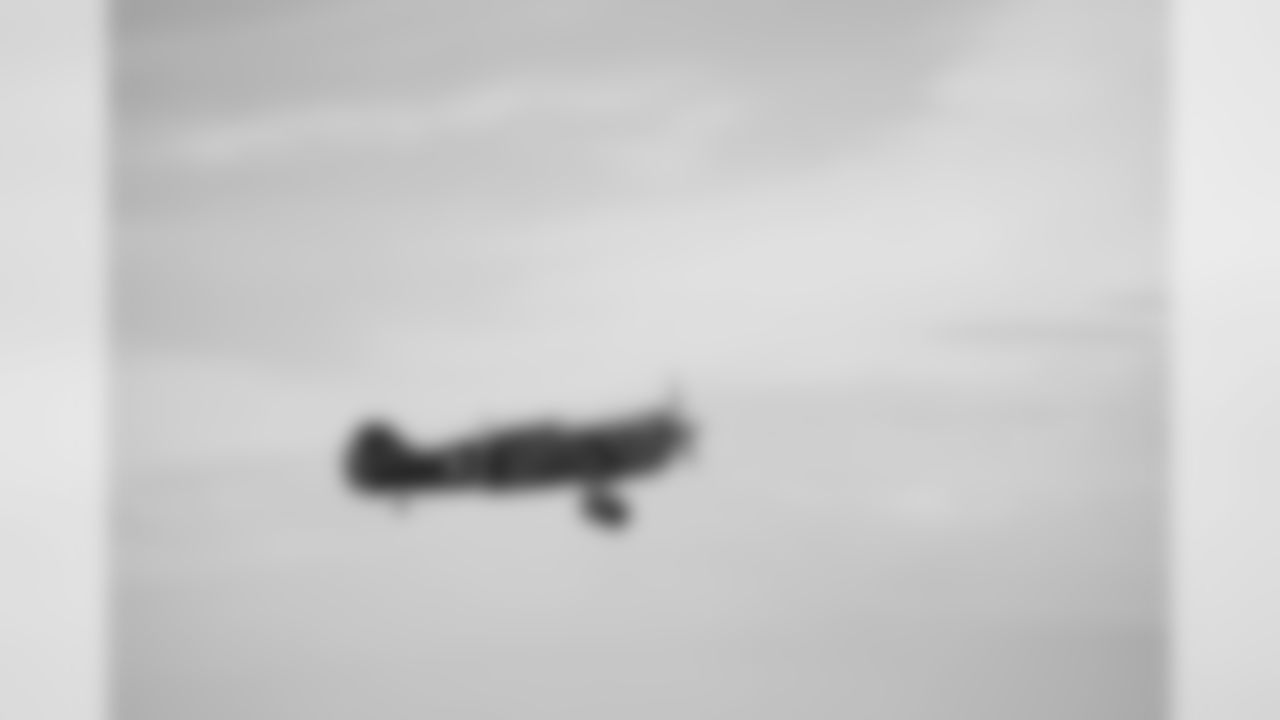






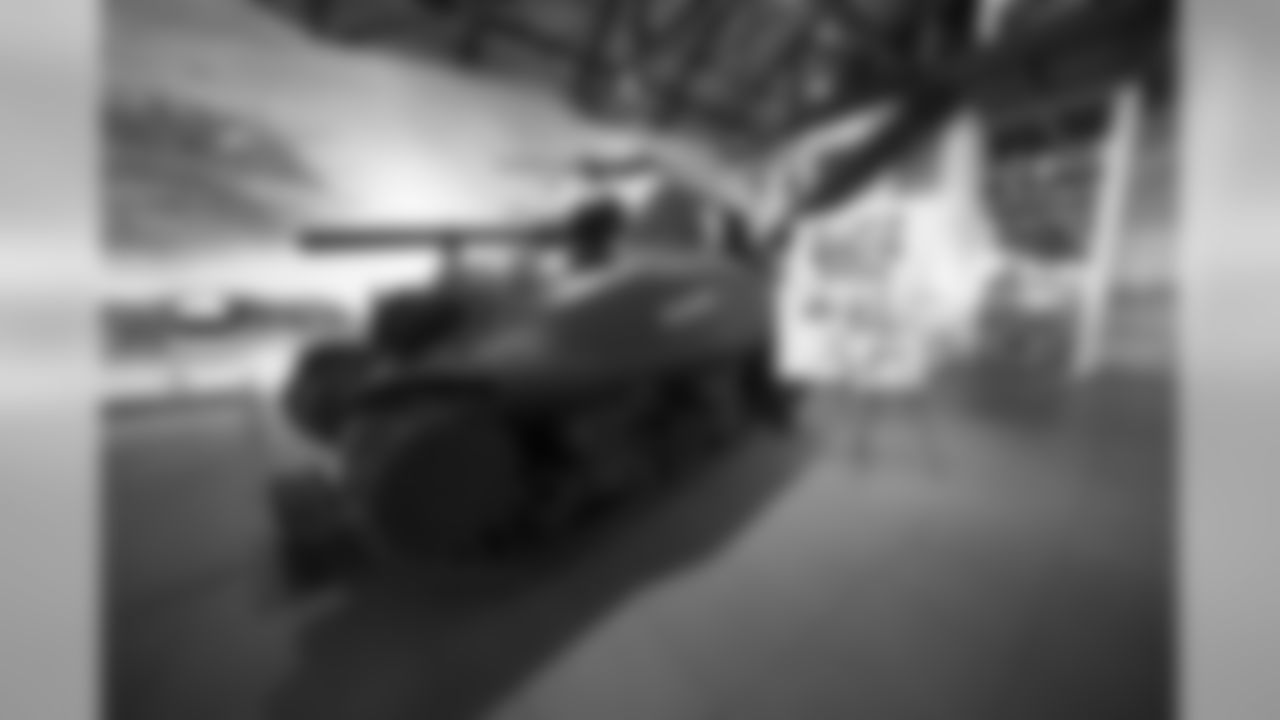
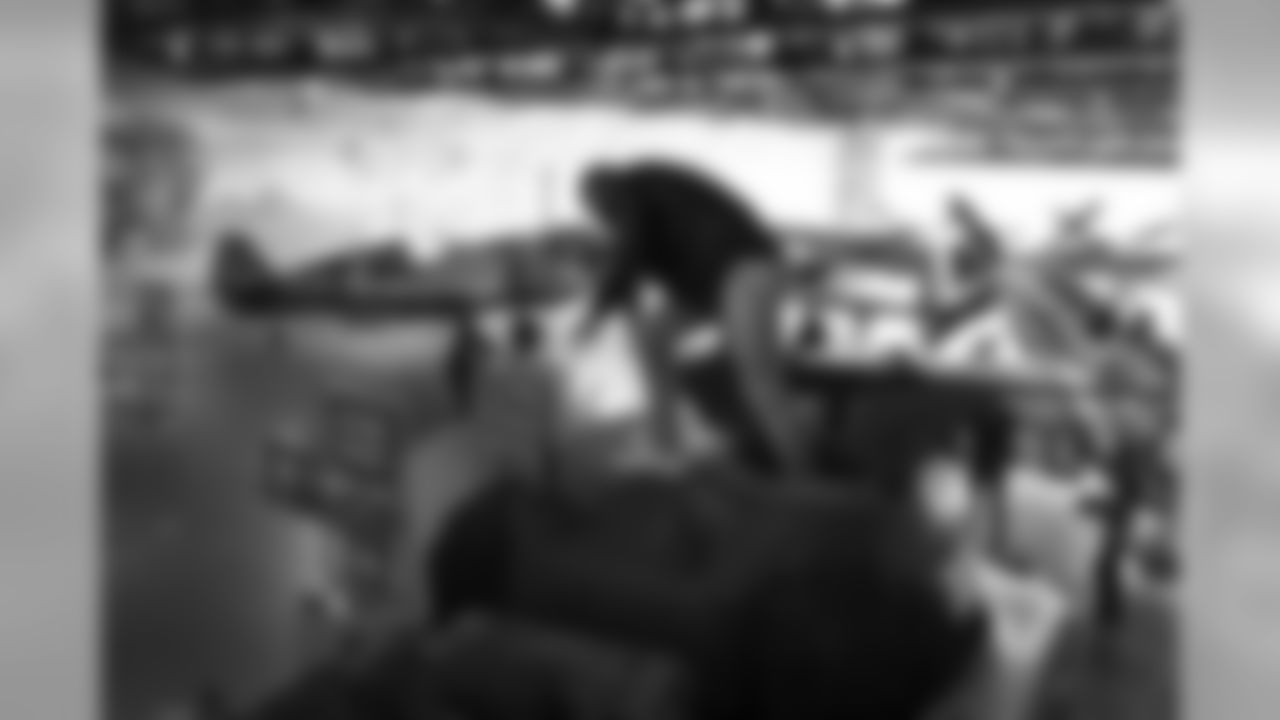
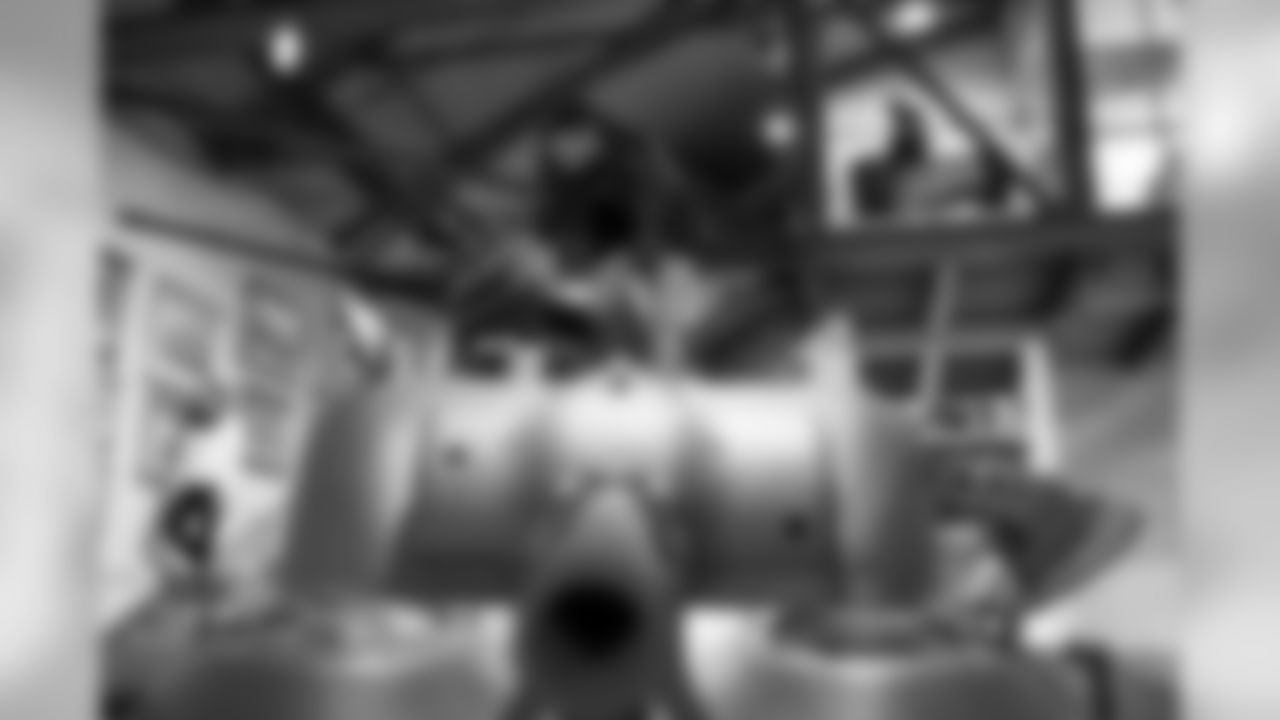

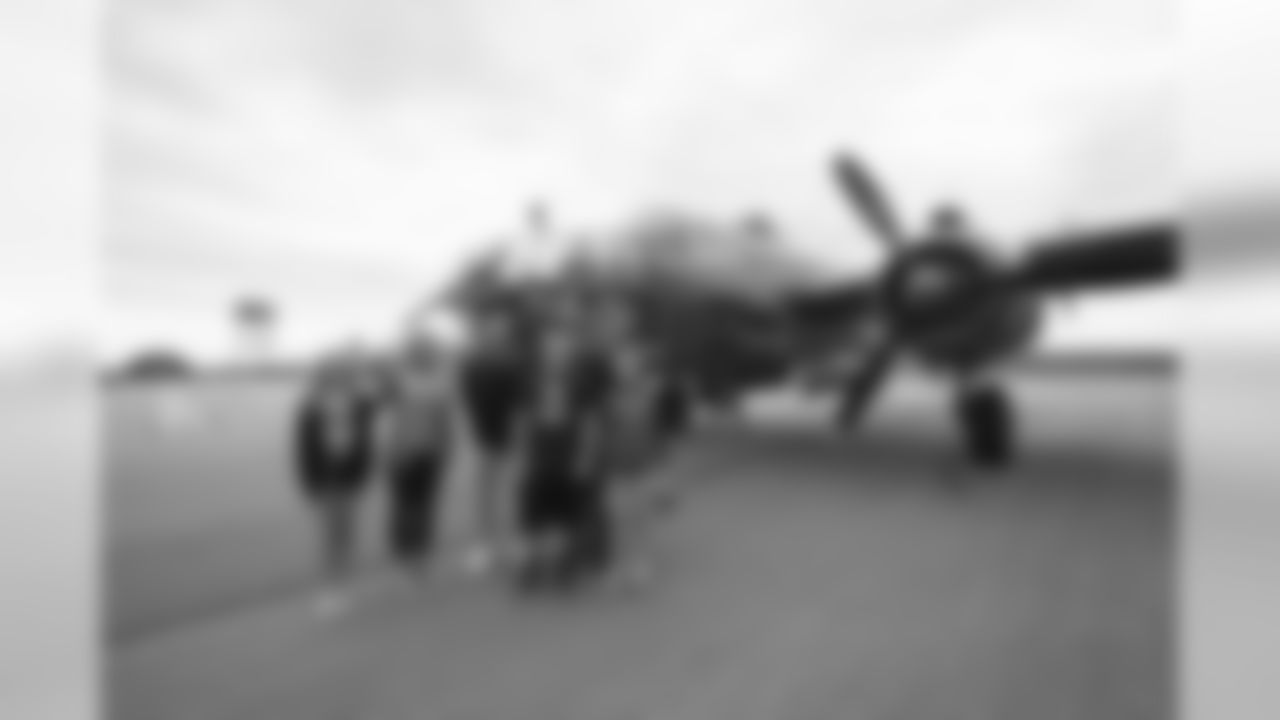


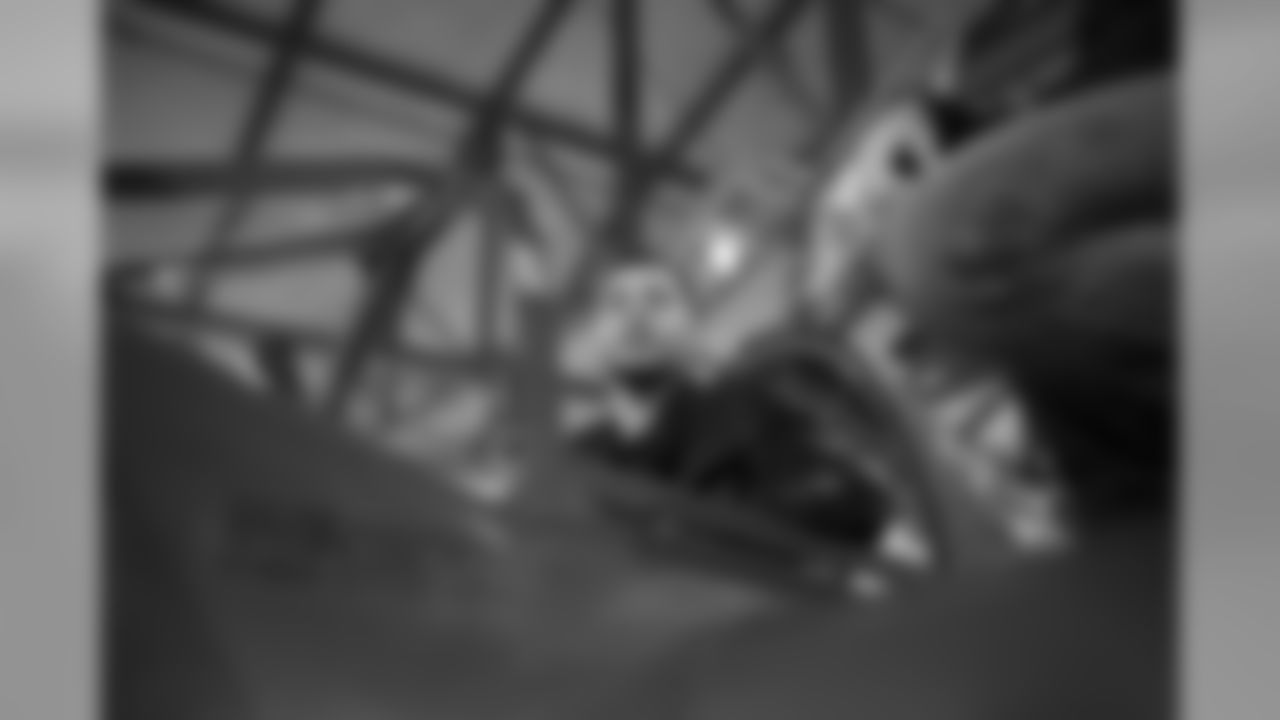



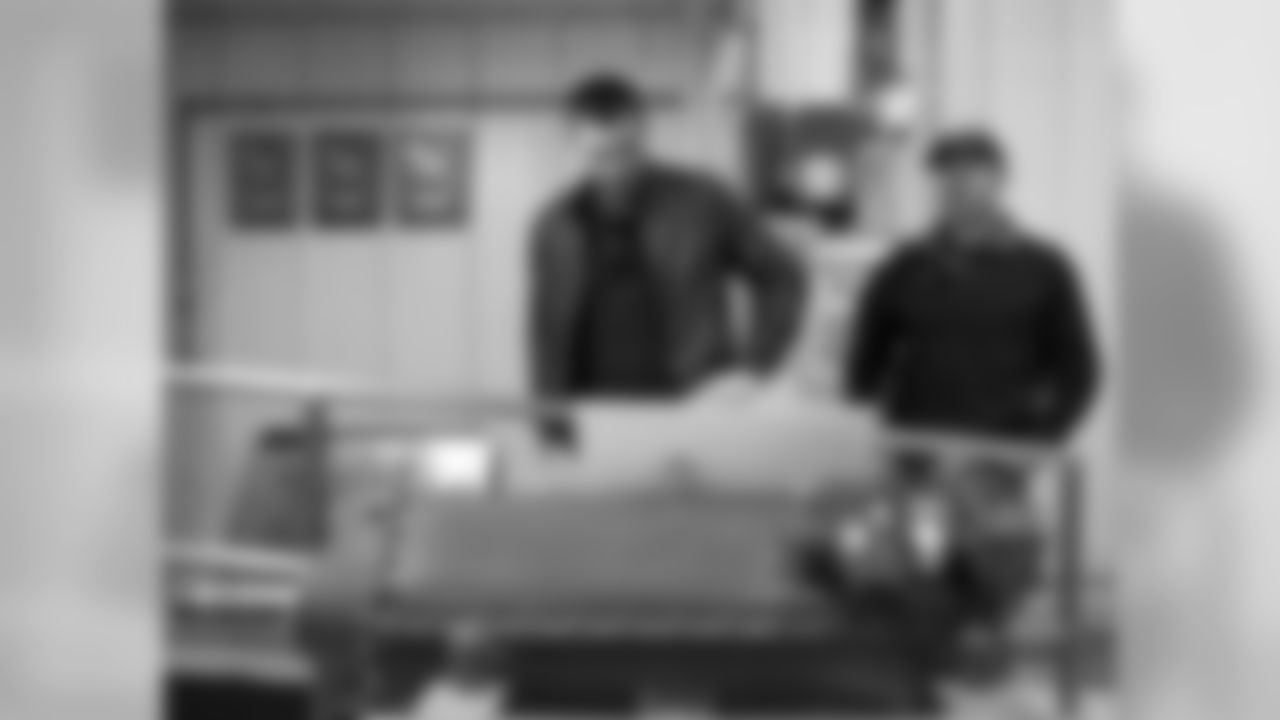


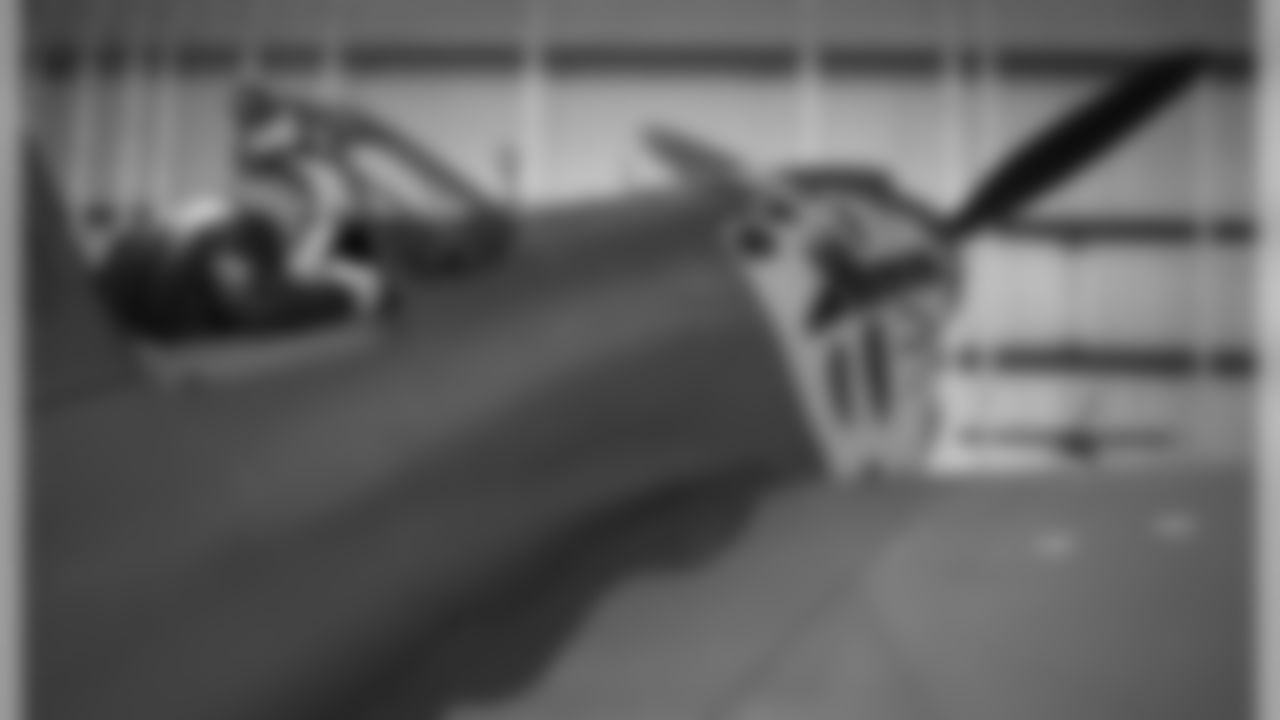
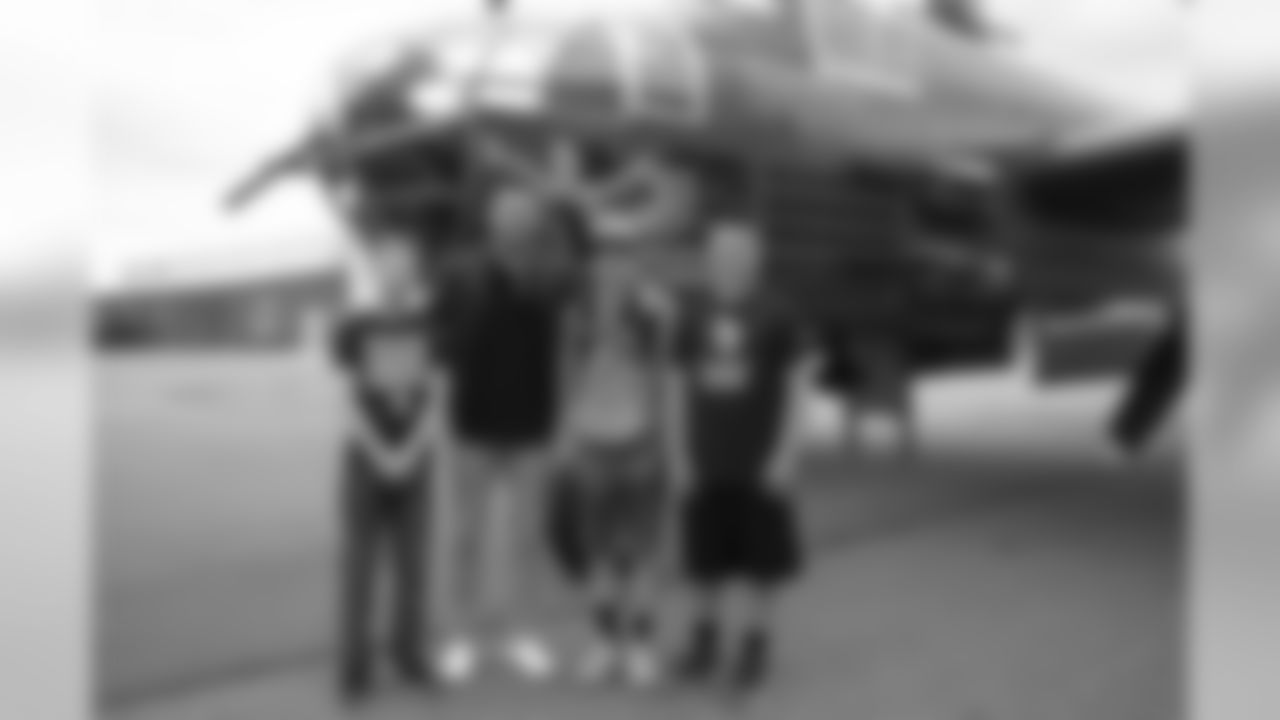







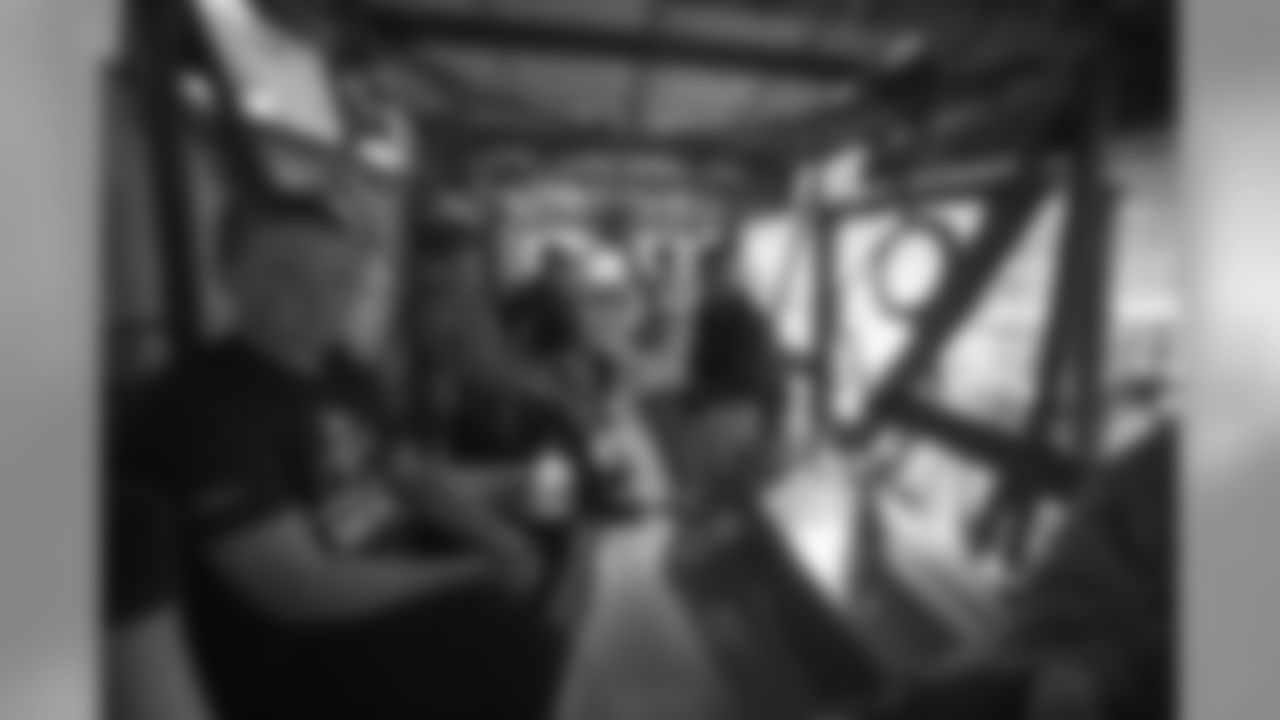


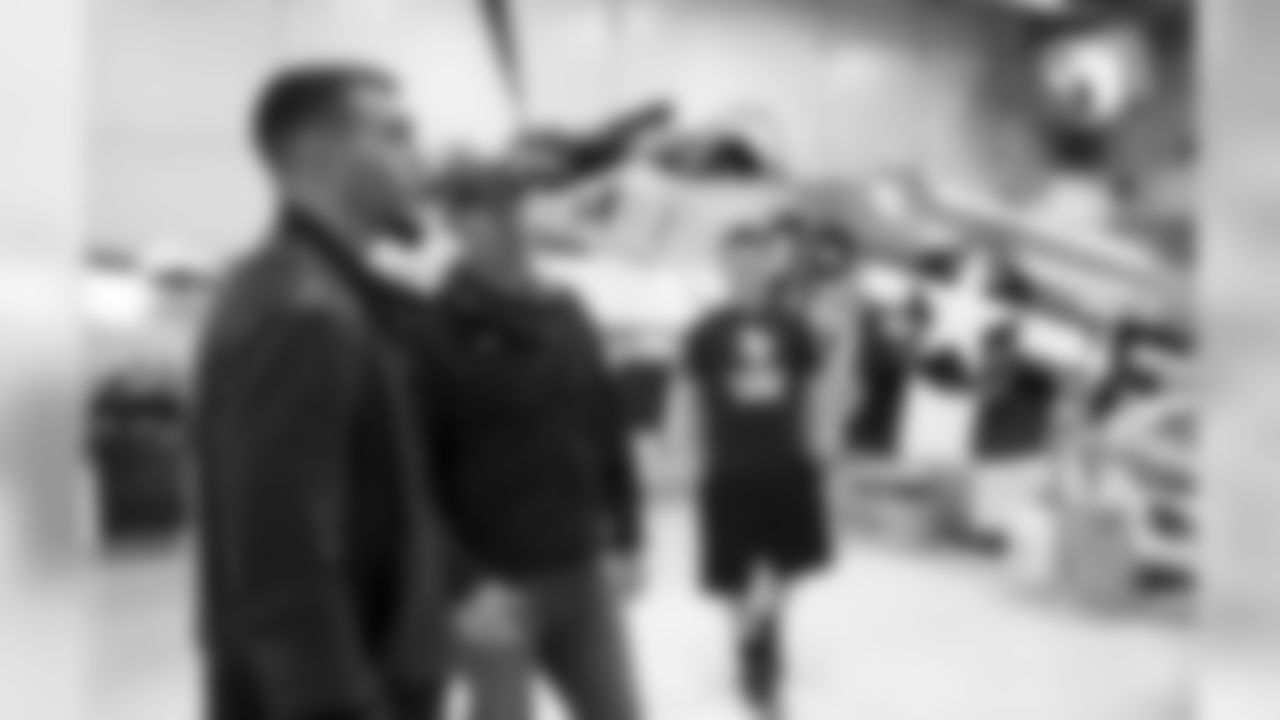



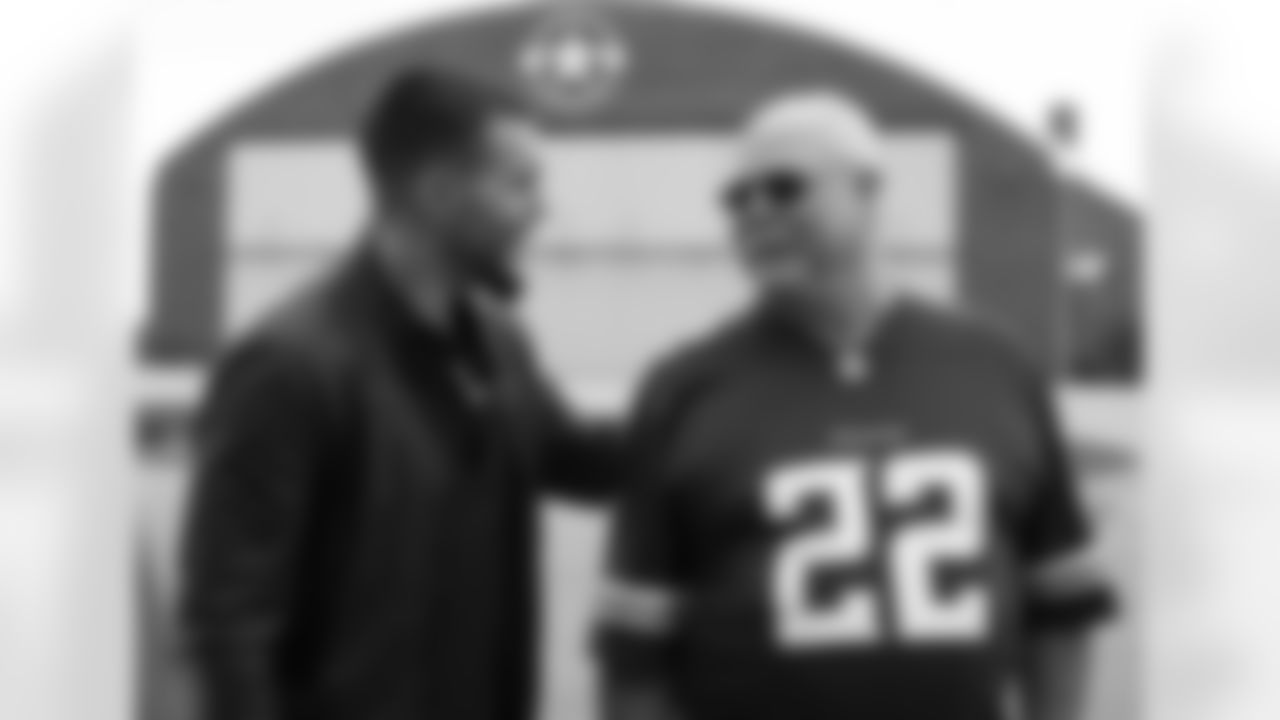
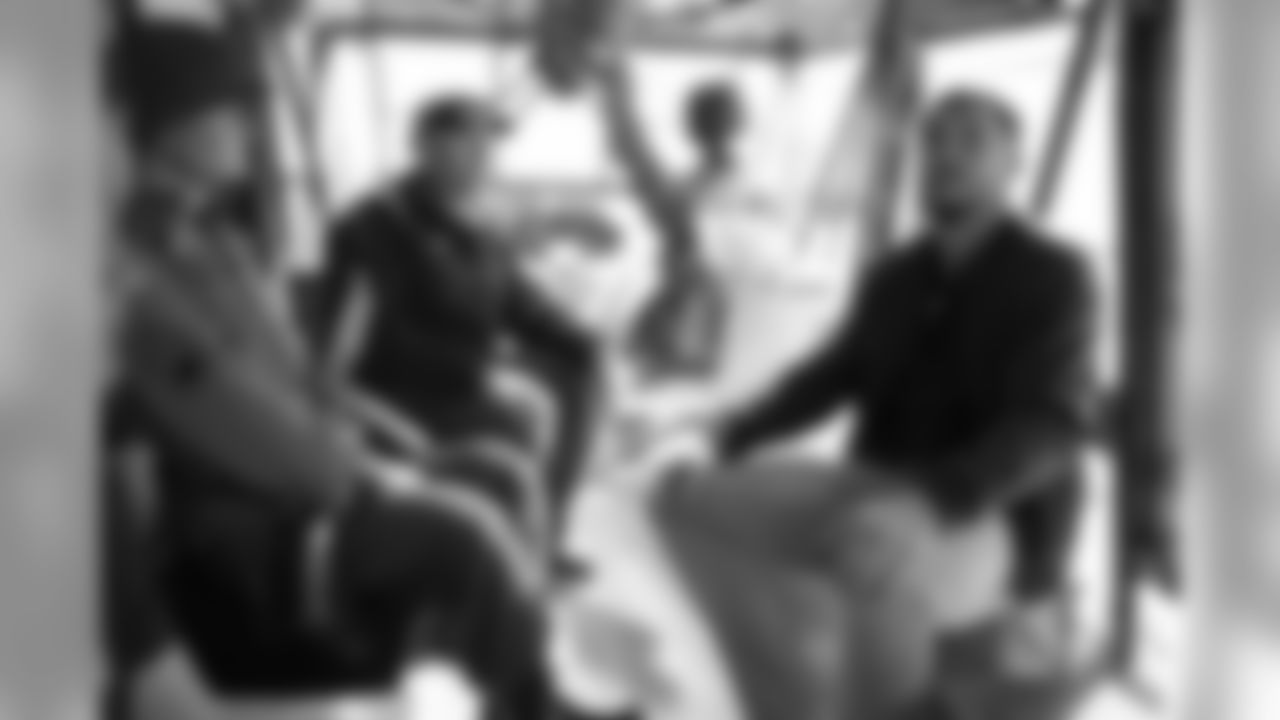

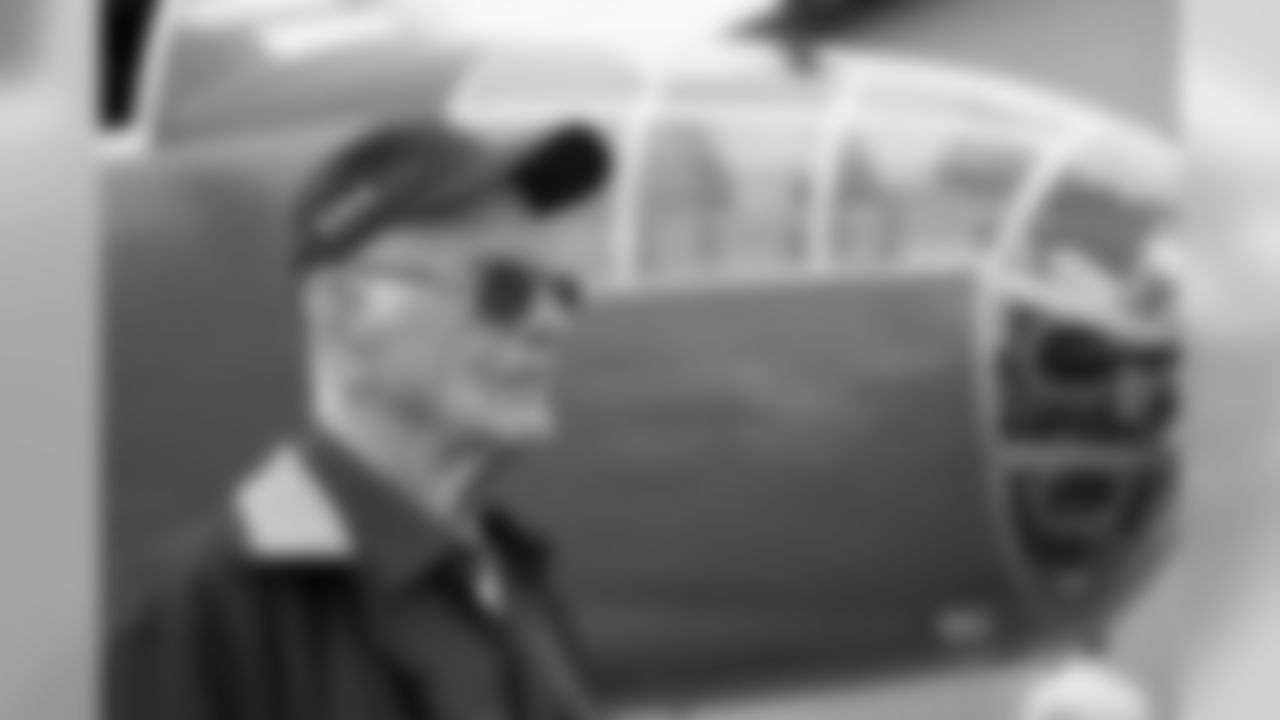




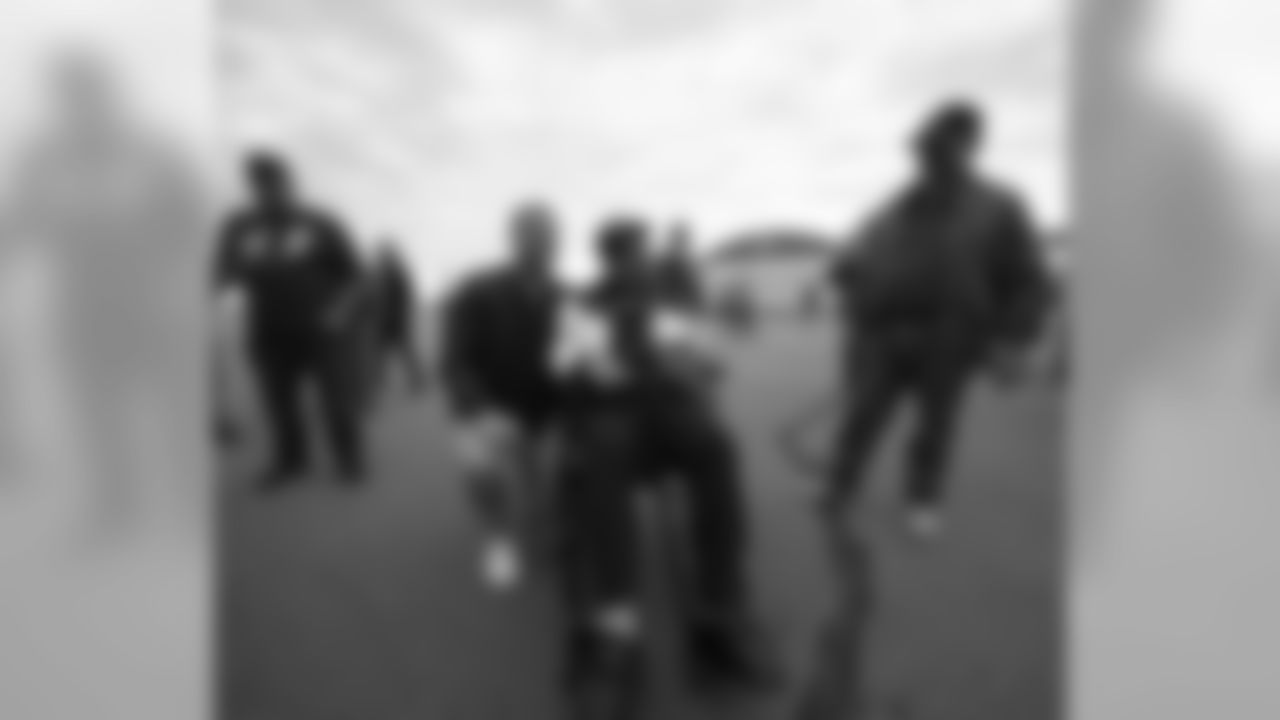

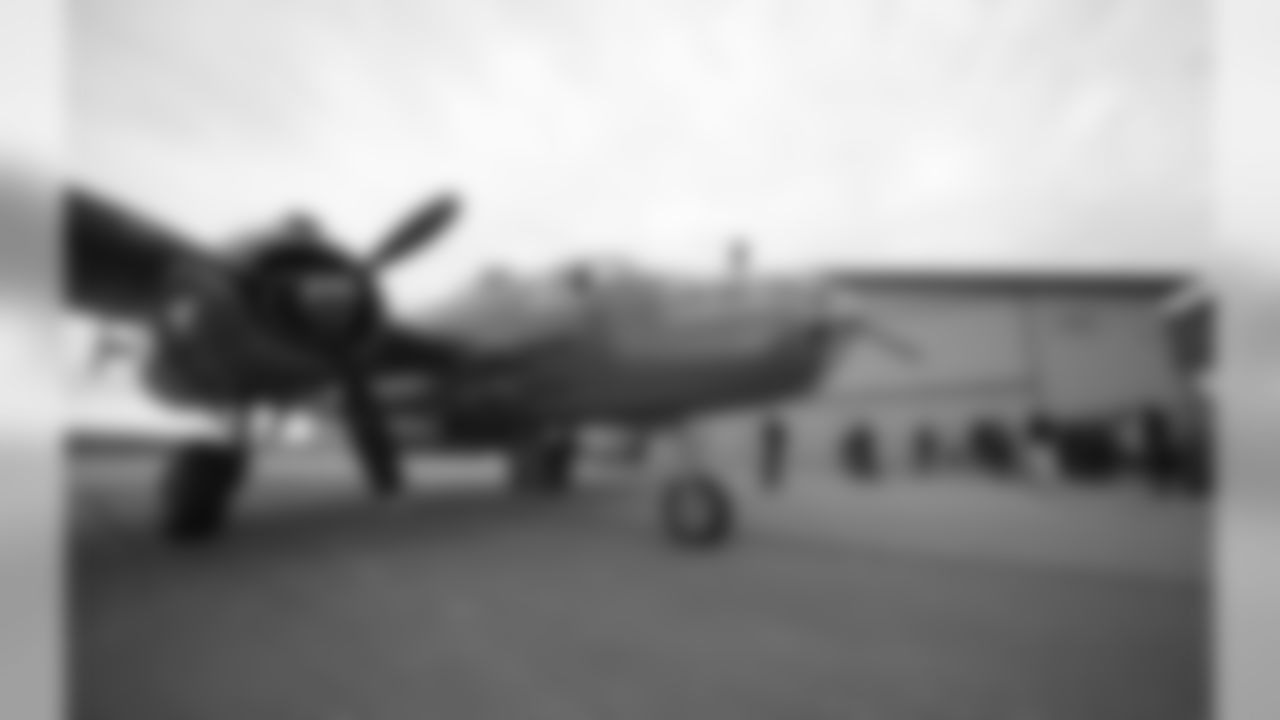


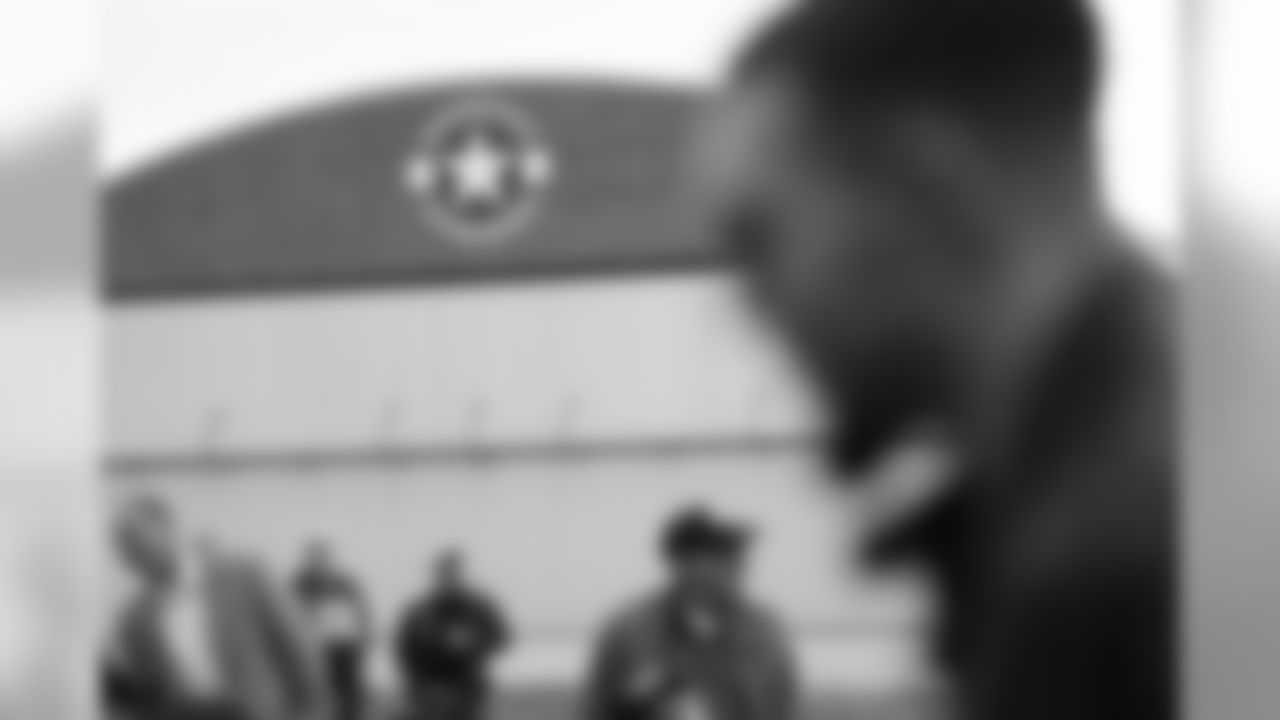
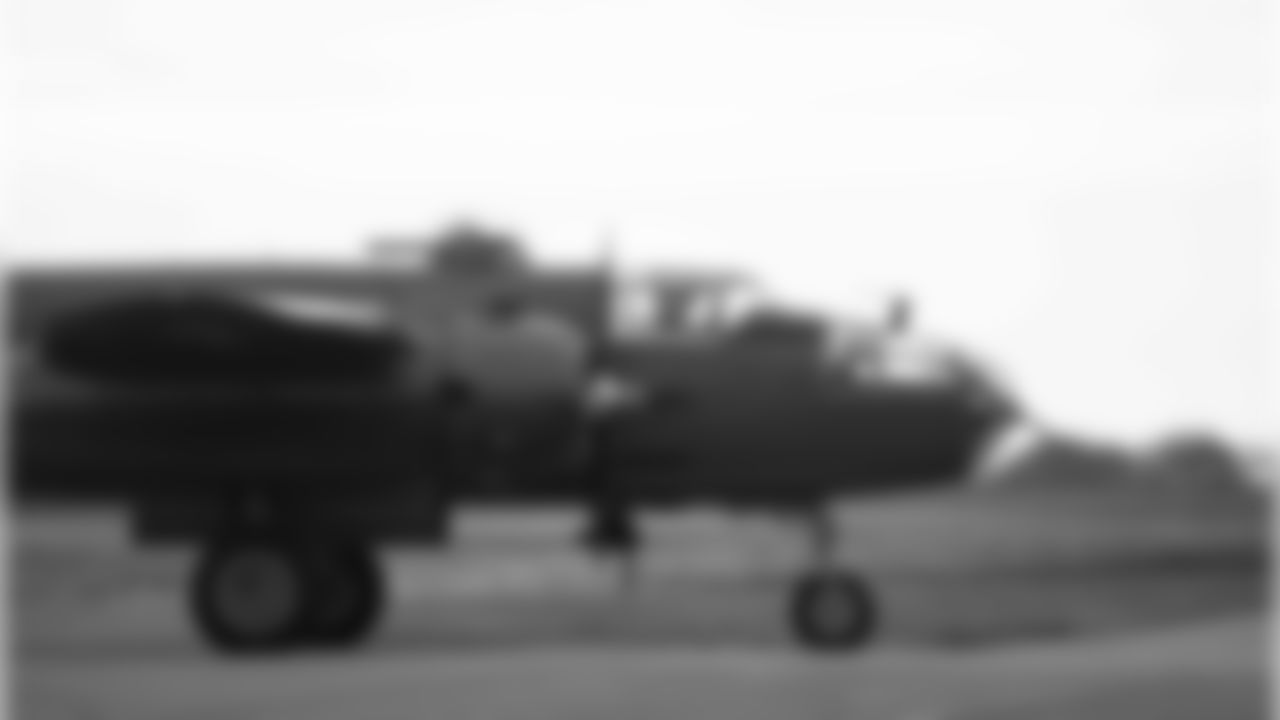

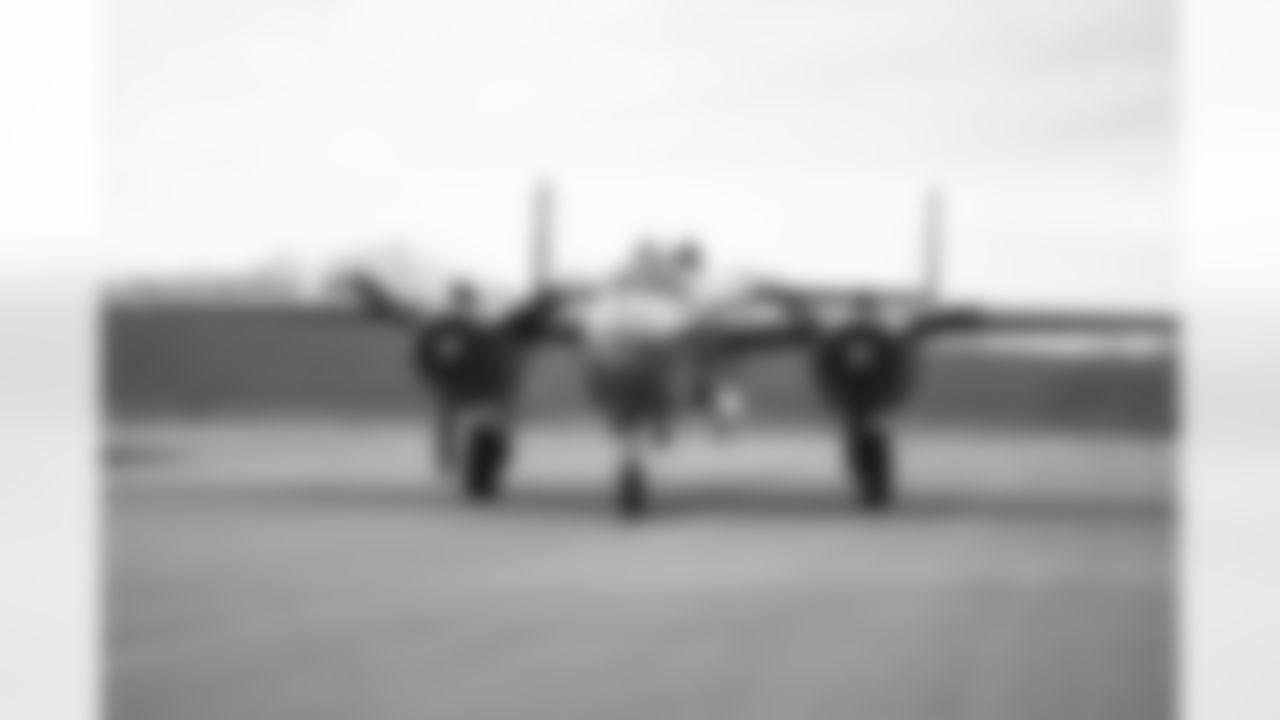

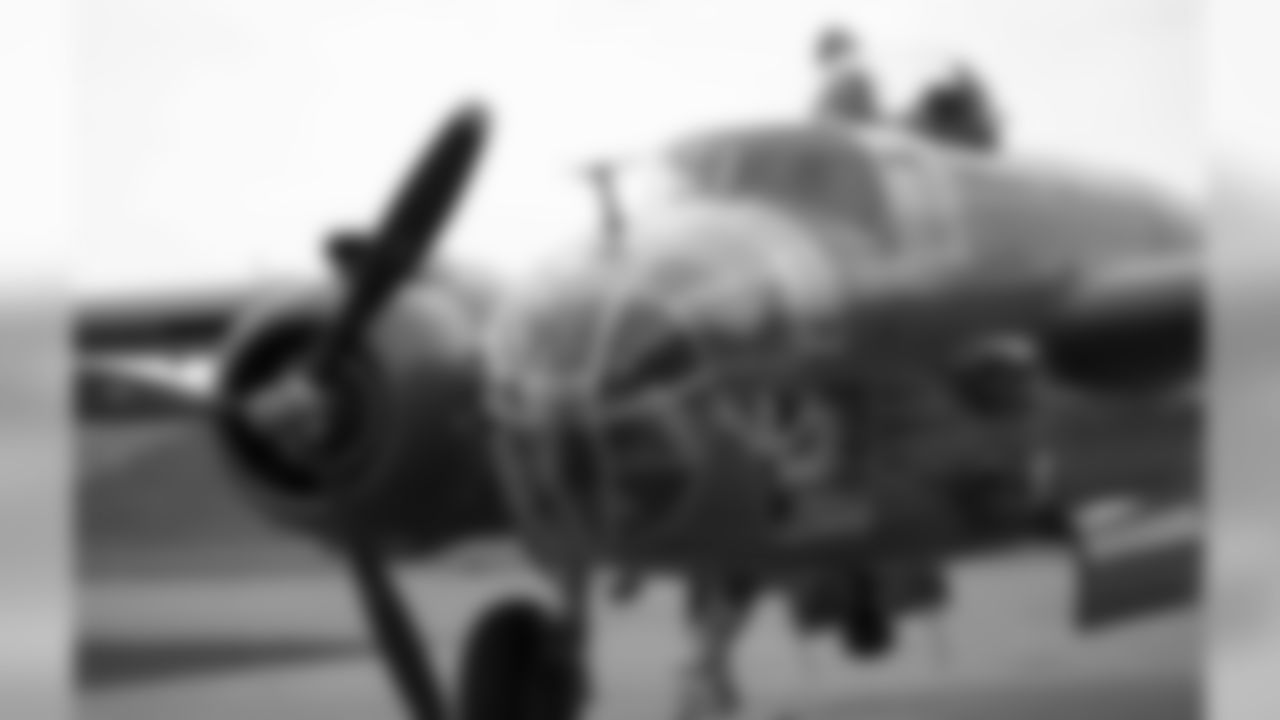
"His generation, and my grandpa, inspired us to do this because of everything they gave to keep our country free," Fagen added. "We thought it was important, that as the greatest generation dies off, that we preserve their history and teach the younger generation what the older generation did for the freedoms they have."
Smith appreciated the chance to get up close and personal with historic plans, while also paying tribute to those who came before him and afforded him the freedom to play in the NFL.
"The theme of the day is what the generations before of have done to give us all the things we take for granted," Smith said. "It's really cool to meet those guys and say, 'Thank you.'
"And also the appreciation for what this generation of American soldiers and Allied Forces, what they all did for the war effort," Smith added.
While in Granite Falls, Smith got to meet 98-year-old Allard Stevens, who served in the Air Force. Stevens noted he served for "three years, one month and 14 days" from October of 1942 through November of 1945.
A former radioman, Stevens never went overseas but spent time in Texas and Illinois, and was instead charged with keeping in contact with pilots as they trained in the skies.
Smith's journey began in Eden Prairie when Evan Fagen picked him up in the bomber. A group then flew to Granite Falls, where the scene of the plane landing brought back strong memories for Stevens.
"That's what we did all day long when I was in Del Rio [,Texas]," Stevens said with a laugh. "We were training [pilots], and they were practicing landing."
Stevens said he had dreams of being a pilot himself, but poor eyesight led him to operating radios instead.
"Well, at that particular time, things weren't going well and they needed men," Stevens said of volunteering in 1942. "I was physically able to do it. I tried out to be a pilot first and went through all the tests.
"Everything was fine until they got to the numbers and color charts. I couldn't read the numbers," Stevens recalled. "I can tell colors as well as anybody, but I couldn't read the damn numbers. But I eventually ended up being a radioman."
Stevens, a Granite Falls native, lives just 3 miles from the museum on his farm. He is a frequent visitor, and said his tours of the three hangars make him realize the longevity of his life.
"I wonder how come I'm still here. Most of us aren't. All the ones that I was with are all dead," Stevens observed. "But this is great. The whole country should wish they had this."
Evan Fagen said the entire Granite Falls community was thrilled to welcome Smith to the museum, and that he had fun answering thoughtful questions from one of the league's best at his position.
"[This] was a really big treat for us. We're all big Vikings fans. Harrison Smith, in our opinion, is one of the best all-time Vikings," Evan Fagen said. "We respect him, and it's been fun to meet him and fly with him. It's fun to see someone with an interest in aviation of his caliber. It was fun to show him around the museum.
"I think he enjoys airplanes. I can tell he knows about these fighters by the questions he's asked, so he definitely knows a little bit about them. I think he's enjoyed seeing these airplanes up close and sitting in them," Fagen added. "And Harrison did a good job flying the bomber. He flew it for several minutes coming back and did a good job. It was fun to get to share the front seat with him. It is cool to see someone like that, a football player and a celebrity, as someone who enjoys aviation and has an interest in it."
Smith spent a little more than an hour touring the museum. Yet as he wrapped up his day and boarded the B-25 Mitchell Bomber, he said he was already making plans to come back and learn more about the impact veterans of that era had on society today.
"This whole place is way more than I could have imagined. It seems like there's piece of every bit of the war, every theater … all the types of bombers and fighters, they're all in flying shape," Smith said. "You have a tank and all these different types of vehicles that are actually operational. It's unbelievable that all this is here."
"I need to come back because I didn't realize what all was here. If you're in the area or if you're close by, I'd totally recommend it," Smith added. "You can see some amazing things and appreciate not only everything that happened, but also that the Fagens were able to put all this together. It's really unbelievable."














